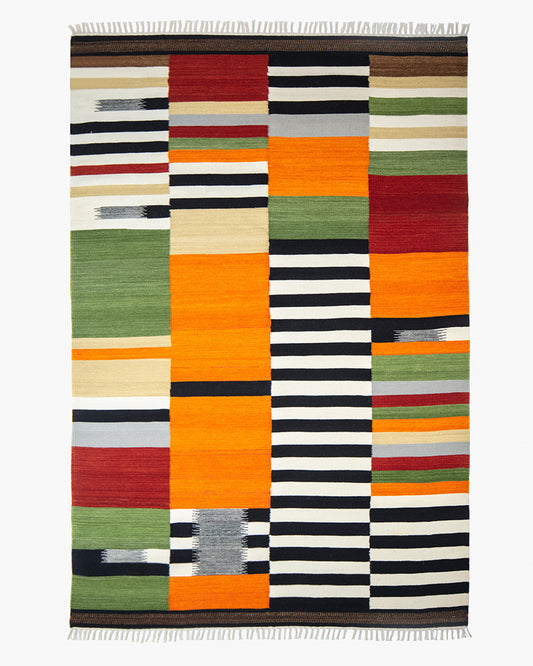We are among the longest days of the year and the maple trees outside my studio windows are in full bask. This is their busy season; converting sunlight into energy, Sequestering carbon dioxide, and producing microclimates for many birds and mammals to enjoy.
As a city dweller its easy to think that we take care of trees. We decide where they grow. We line trees up to fit within our grids and trim them back when they get too rambunctious. Any saplings that shoot up are quickly mowed over. The most bazar treatment of urban trees is when we wrap their trunks in wooden protective boxes at construction sites. Of course, these safety measures are made from another tree we have determined not as important.

The Root of the Problem
But city trees tend to be quite a bit smaller than their ‘wild’ cousins. Urban trees are stunted, partly from limited space for their roots but also due to the constant compacting of soil around them. Trees in city environments are also much more likely to become sick from fungal infections or insect infestations.
It turns out trees are intensely social beings. Trees in the city have limited to no social networks. Forested trees form relationships through root connections in the soil. Forests can sense and communicate potential threats to each other, allowing them to put up defenses before the oncoming threat arrives. Urban trees are islands, not being able to reach one another to form these relationships.
Another main difference between urban and forested trees is the time they take to grow. Urban trees shoot up at lightning speeds, some species of trees planted in cities can reach full height only fifty to one hundred years after planting. This is incredibly quick compared to the forest. These fast-growing trees are much weaker because of it. Ice, heavy snows, and rolling thunderstorms easily take down urban tree branches or push trees over all entirely.

Some saplings in a forest can hover around ten to twenty feet for their first fifty years of life. They are just barely surviving off what little sunlight reaches the forest floor. What keeps them alive is their network under the soil. Larger trees share a little bit of energy to these saplings to keep them going. And they wait, growing denser, stronger, and more resilient for that specific location on the forest floor. Only the saplings that are most suitable for their spot in the woods end up surviving. If they are lucky and live long enough, one of the older trees in their vicinity will fall over. It’s then a mad dash to take its place in the canopy.
Slow Growth
This process of succession is what gives old growth trees such long and healthy lives. Slow growth produces saplings that survive because they were best suited for that specific spot. Second, the tree’s community connections kept it going all those years. Lastly, and most importantly, the tree was just lucky to be in the right spot at the right time.
Growing a business is a lot like the life of a tree. Learn how to survive in your niche, build a community, and be really damn lucky.




